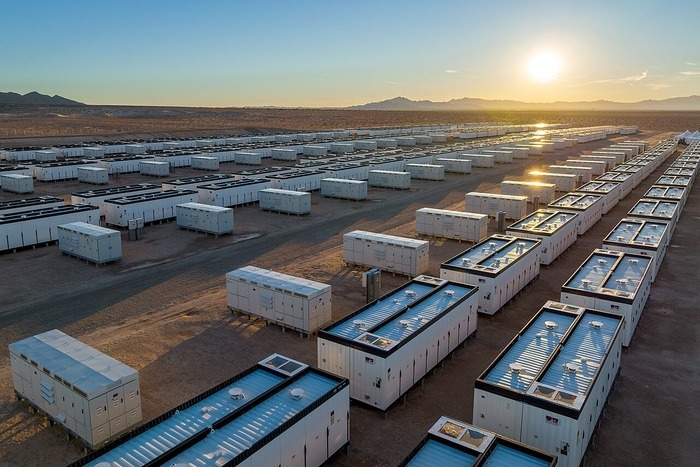Falling battery costs and higher earnings from volatile power markets made this possible
Last year, battery energy storage systems (BESS) operations in India became profitable for the first time, according to a report by energy think-tank Ember. The BESS operations work without fixed contracts and are categorised as merchant BESS.
The reasons that made this possible are falling battery costs and higher earnings from volatile power markets. According to the report, battery costs have declined by around 80% over the past decade to ₹ 1.7 million per megawatt-hour (MWh) in 2025 from ₹ 7.9 million/MWh in 2015.
Also, potential revenues from market participation have increased fivefold in the same period to ₹ 2.4 million/MWh in 2025 from ₹ 0.5 million/MWh in 2015, found Ember’s analysis.
Due to the combination of these factors, the revenues from merchant BESS surpassed costs for the first time, making it a bankable electricity grid asset.
BESS commercially viable now
“Merchant BESS has often been viewed as a low-return investment. But the changing dynamics of the wholesale power market, with rising price volatility, coupled with falling battery costs, have made it a commercially viable investment opportunity today,” said the report’s co-author Duttatreya Das, Energy Analyst at Ember. “Battery systems charge when power is cheap and abundant – typically during sunny hours – and sell electricity back to the grid when demand surges and prices peak, making it well-suited to manage price volatility and generate handsome revenues while doing so,” he added.
According to the report, power price peaks are hitting new highs in the day-ahead market (DAM) segment of power exchanges, while the troughs are getting deeper. Therefore, there is more volatility in the power market, leading to opportunities opening up for merchant batteries.
Ember’s analysis found that electricity prices nearly hit the current cap of ₹ 10/kilowatt-hour (kWh) in one out of every six hours between 2022 and 2024, while average midday power prices fell nearly 20% from 2022 to 2024 during the summer months. In the summer of 2025, power prices even fell to nearly zero on some days.
In the future, the price volatility of power is likely to exacerbate, which will be advantageous for the adoption of more BESS, found the report.
Ember’s report models different scenarios for how power prices are likely to move on the exchanges, forecasting that by participating in DAM alone, merchant BESS investments can offer an internal rate of return of up to 17% from an investment made in 2025.
“Rising solar penetration will keep daytime prices low, while the rigidity of thermal plants means that they will operate at very low levels more often during the day and take time to power up and cater to the high evening demand,” said Das.
About The Author
You may also like
Why India’s Clean Cooking Revolution Must Be Electric
Clean Energy Push Would Halve Warming Rate by 2040: Report
India Pushes for Critical Minerals Circularity and Collective Action on Climate at G20
Lula Pitches Fossil Fuel Phase-Out at COP30, But Can a Divided World Agree?
Non-Fossil Fuels Generates One-Third of India’s Electricity in 2025

